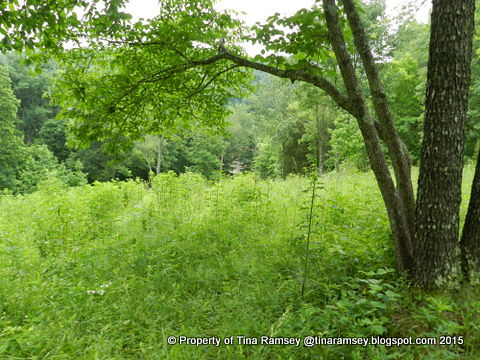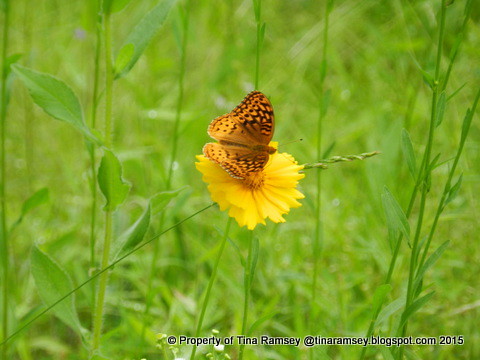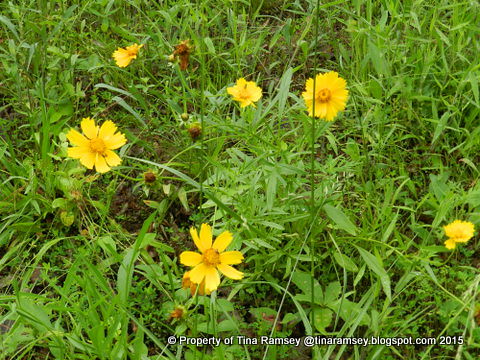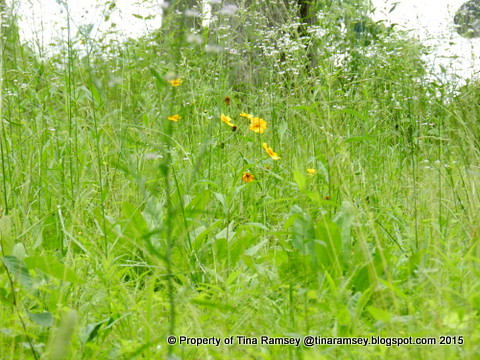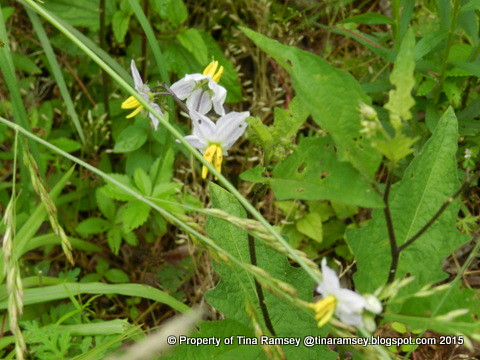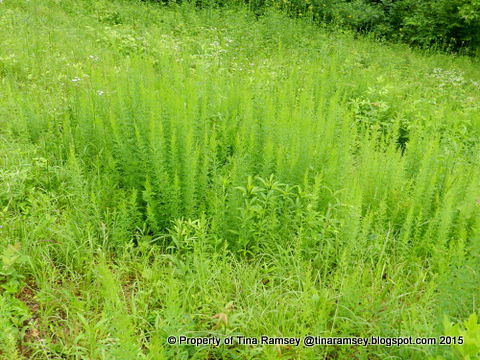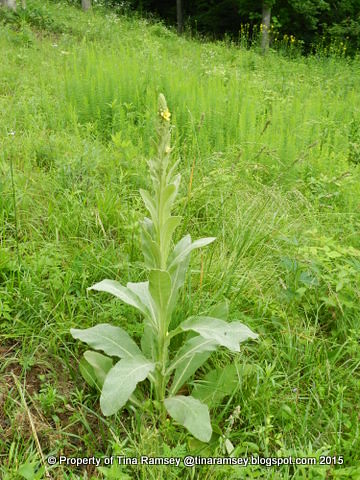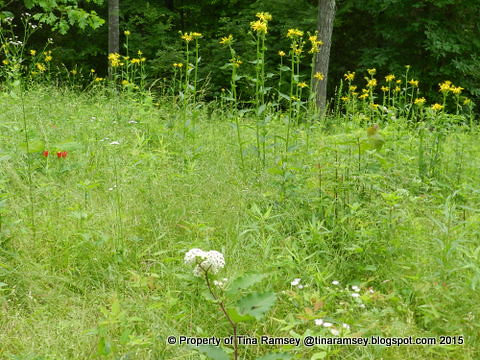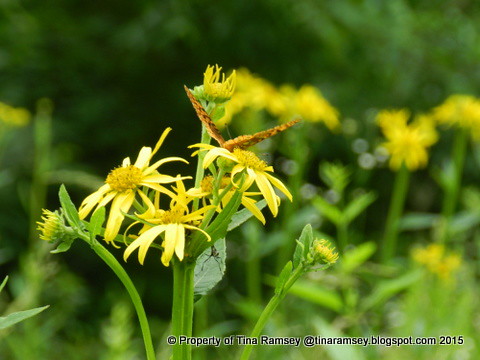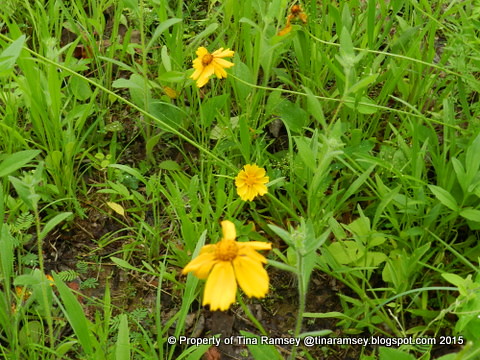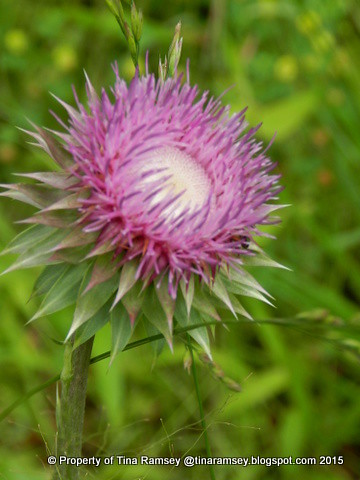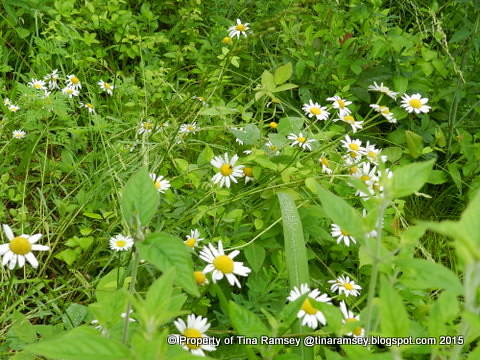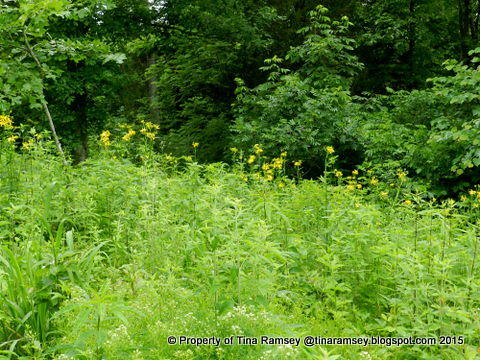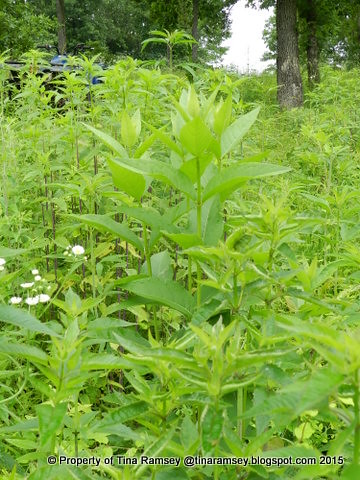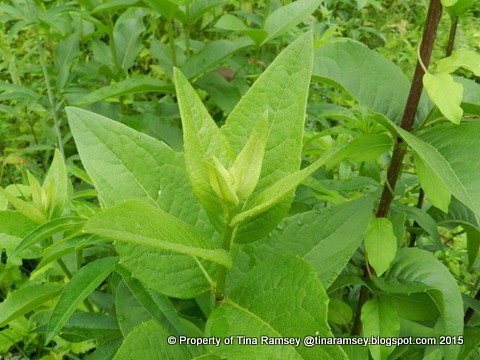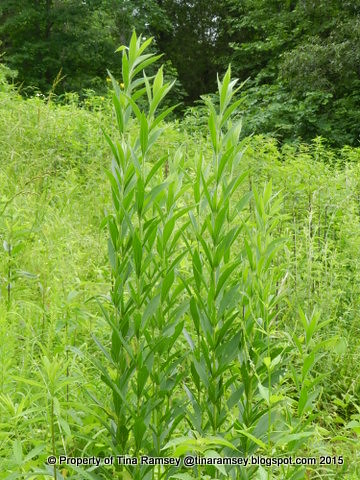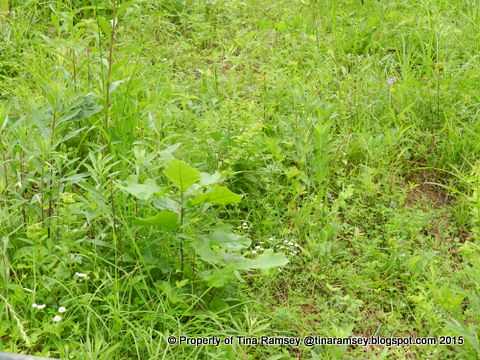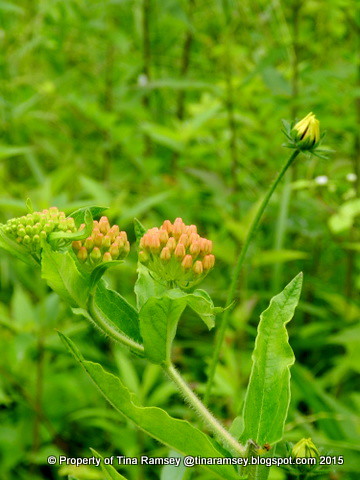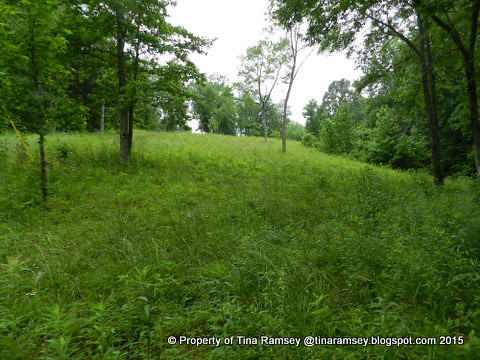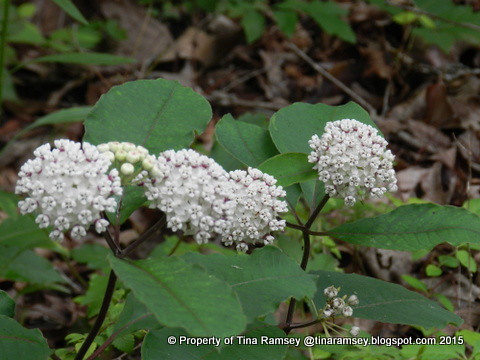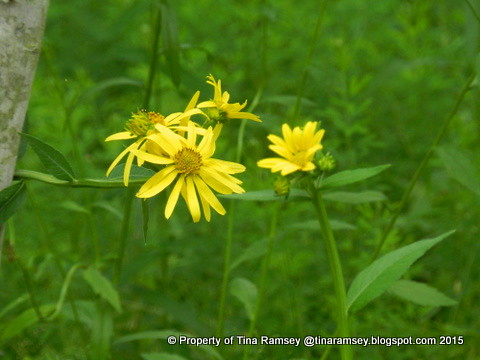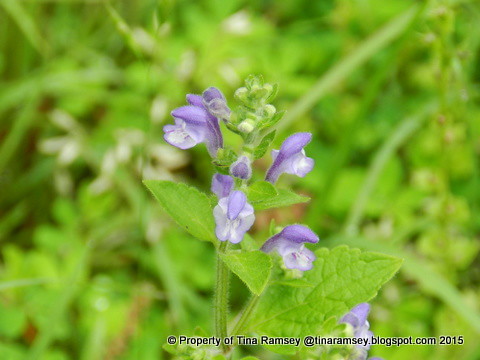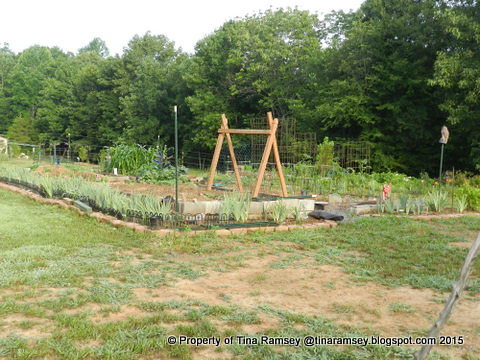
Good morning from Tiger Way Gardens. I am finally ready to share my new large and full sun vegetable garden with you. I hope to do an update each month on this blog. During the house build plans were put into place for this garden. The location is in front of the house and on top of the geothermal bed in a level and easily accessible area that will not be forgotten by me. Because this garden is on top of the geothermal bed it means this entire yard was at one point dug up and made into five feet deep ditches to allow for the geothermal lines. We opted for geothermal heating and air conditioning for its energy efficiency, low cost, and comfort. That being said, ALL of the soil in this yard is backfilled from soil scraped away from the home site. The home site is at the highest point of our field so there was quite a bit of soil leftover. Unfortunately though, not enough as I will have to truck in one dump truck full for some more backfilling. The fact this soil is all backfilled means it is not amended and could have come from the subsoil or the topsoil. Right now I can tell you that even though the beds are raised this soil holds water in a bad way and is mainly all clay. Despite the fact it holds water it dries out and turns to brick like two days after a rain. Oh the joys of working a new garden bed. But never fear, some amendments will fix that-with time. For now I went ahead and planted and mulched without amending due to other issues I had to take care of that were more pressing than amending this soil.
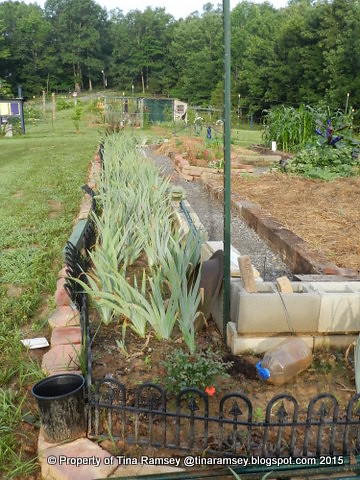
The entire vegetable garden is edged with a two foot (+-) iris/flower bed. I am not sure how many cultivars are in this bed but it is quite a few. They did not bloom this year despite being planted last fall. Next spring they should put on a good show though. I am having a great deal of trouble keeping this bed weed free because I refuse to mulch the irises. Each of the four corners of the entire vegetable garden has a specimen shrub anchoring it. This particular corner has a coral rose in it. The other three corners have a ninebark, sweetspire, and weigelia. Concrete blocks form the inside of the iris bed and castle rock is on the outside. I then have gravel paths and four large beds (15'x7') that are surrounded on three sides with railroad ties. Before you tell me the dangers of railroad ties know this, it is what I selected and I feel the benefits of using them far outweigh any drawbacks. On the fourth side I put in ornamental concrete block. The main advantage of the railroad ties for me is that they are a solid eight feet long. That meant I did not have to deal with blocks moving out of line. At some point these railroad ties will rot away and I'll then replace them with something else like perhaps concrete block. But for now they give me the structure I needed in this vegetable garden in order to grow my vegetables the way I wish to.
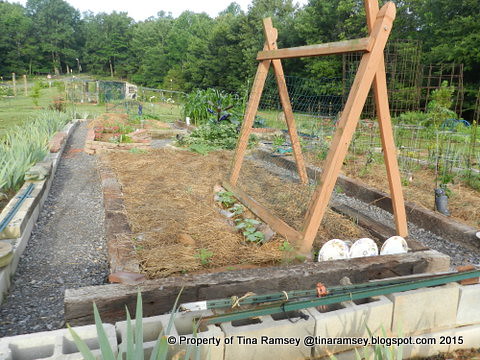
The garden is oriented east to west the long way. This entire garden does get full sun from the time the sun comes up until about seven in the evening. It is perfect for growing vegetables.
I had big issues with the cucumber plant starts I purchased in that they all died on me. These new little cucumbers you see at the base of the trellis are ones I started from seed. The trellis was moved from my previous garden. Also in this bed is a hill of watermelons and cantaloupes. This bed is mulched with hay and cardboard to control the weeds. The plan is for the cucumbers to grow up the trellis and the watermelons and cantaloupes can have the rest of the bed. They are in the far corner and are slowly working their way down to the cucumbers.
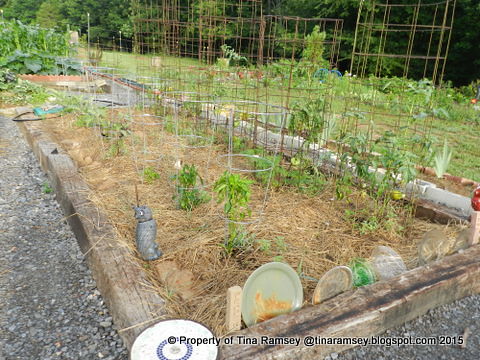
This bed is immediately to the right. In it I planted four eggplants, three peppers and five tomato plants. None of these plants are doing well. These out of all the vegetables are showing the effects of stress most likely due to poor soil.
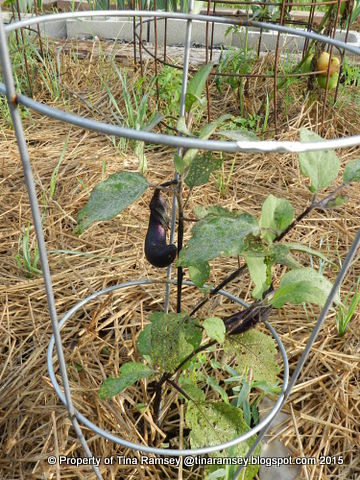
Here is one of the eggplants. It has severe damage from flee beetles. Because I have honeybee hives and because I tend to go organic before treating for pests, and since I don't mind aesthetic damage, I have chosen to hand pinch the flee beetles as I see them. That being said there is some damage to the leaves; actually quite a lot. In my experience the eggplants will overcome the flea beetles. Here I have two eggplant fruit already growing. Behind the eggplants you can see a tomato ripening up. The tomato plants are somewhat stunted which is surprising to me. We'll see how they progress. Last summer I stuck some tomato plants in a garden near this same area and we were flooded with beautiful large tomatoes all summer so I just don't know what the issue is with these ones.
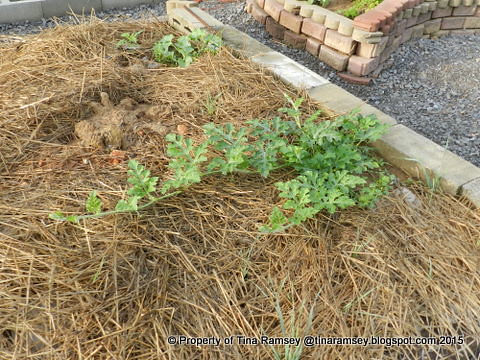
The watermelon and cantaloupes were started with direct seeding. The watermelons (closest) are finally coming into their own. Soon the bed will be covered with these vines. I think the cantaloupes will catch up as well. These are two plants I must grow each year. Pumpkins would've been nice but since the vegetable garden is fairly compact I must be choosy with what plants I plan to grow. Therefore I only choose the ones I know I'll love and will eat.
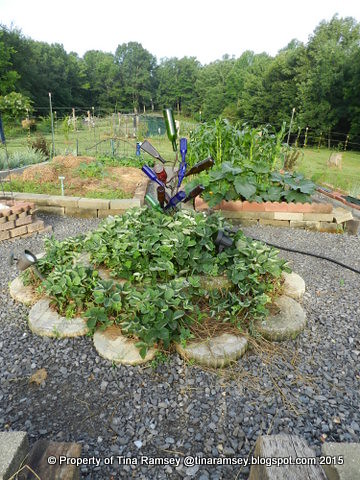
The centerpoint of the entire garden (outside dimensions approximately 56'x26') is this tiered strawberry bed. I moved the concrete half circles from my old garden and built a pyramid with them. The strawberries were moved from the old garden last fall. I actually picked several strawberries from these plants this spring. The paths are crush n run gravel. It packs down wonderfully and is very easy to work on and readily available. I needed solid paths that I could both comfortably walk on and which would help keep down the weeds.
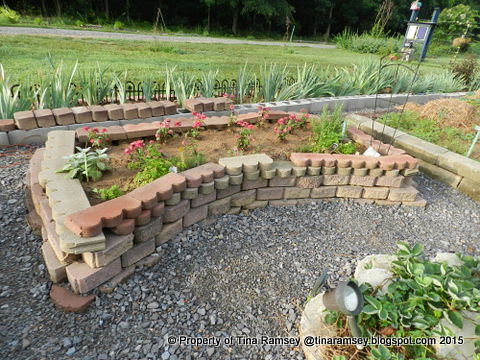
To the left of the strawberry bed is a small herb bed. On the right of the strawberry bed (not shown) is one of three entrances to the vegetable garden. There is not any border so as to make it easy for me to walk into this garden and also easy for me to use a wheelbarrow here. This herb bed is filled with zinnias, sage, rosemary, oregano, and parsley. It is more for pollinators that anything else and it looks good.
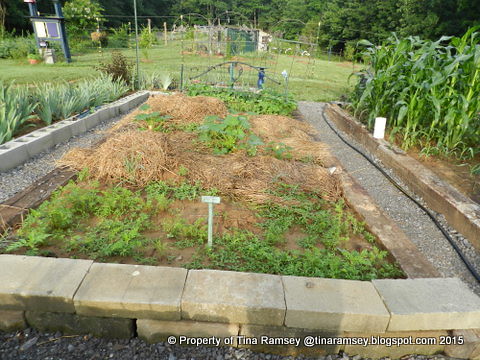
The third bed has carrots with weeds growing in it (closest to the camera). The middle of the bed has yellow and patty pan squash plants I purchased as starts. I don't think I'll ever do that again except for the tomatoes, peppers, and eggplant because direct seeding gives me MUCH better plants. On the far end are three rows of green beans. They are just beginning to bloom right now and I am very excited for that!
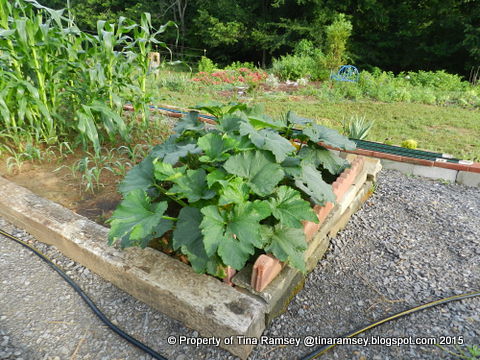
The fourth bed has direct seeded zucchini plants and late and early corn. These zucchini are beautiful plants and were planted much later (by more than a month) than the yellow squash in the last bed and just look at those plants! The early corn was planted in early May and I just planted some late corn on the 3rd of June. The zucchini was an afterthought because this entire bed was to be dedicated to corn. Unfortunately the zucchini is crowding the late corn but it'll be okay.
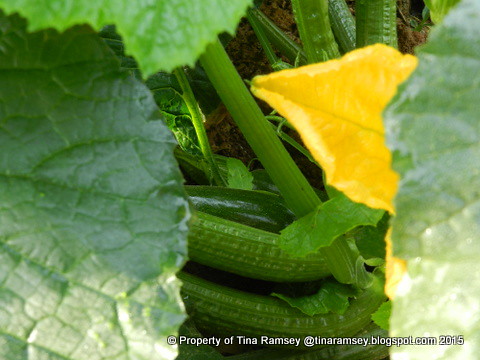
I even have zucchini nearly ready to harvest!! Can't wait to eat my own fresh vegetables!
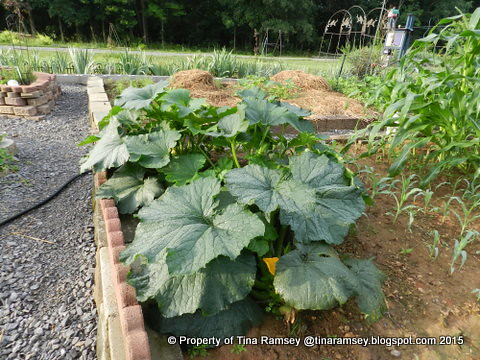
Here is another look at these beautiful zucchini plants.
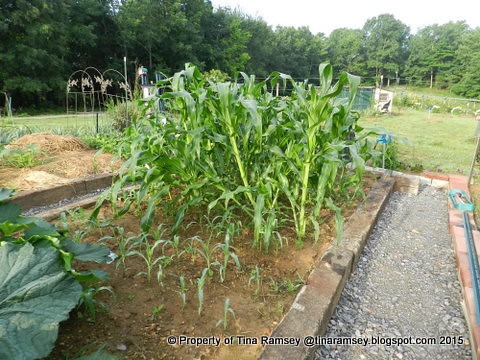
Late and early corn (planted at different times so as to prolong harvest. The early corn is tasseling up now. Which reminds me I should get a fence up soon before the raccoons discover my bountiful crop. I am not sure what kind of varmint fence I will use but I have planned it into the garden since we do have so much wildlife out here. So far this garden has not been touched.
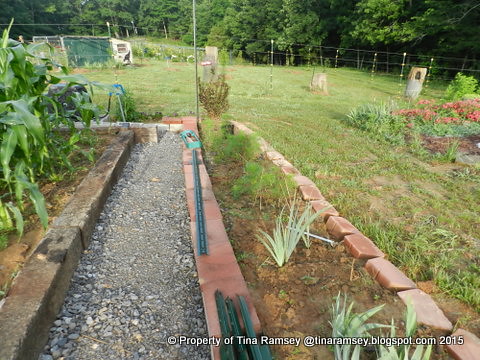
While most of the entire outside of the vegetable garden was planted with irises this one section was planted with alliums. Once the alliums went by I seeded coreopsis; which is not yet blooming.
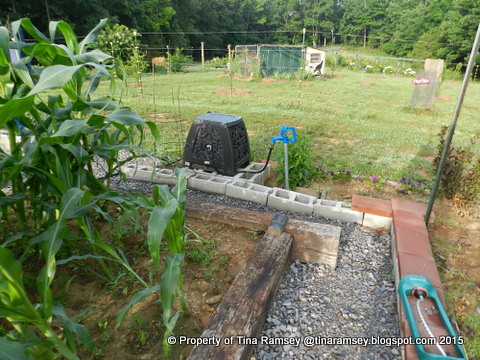
When I planned out the garden I planned for water hydrants near where I would be gardening. Since the yard was dug up it was a pretty easy feat to add in water piping from the well to the locations I needed the water. This hydrant waters the vegetable garden. There is also a hydrant right near the chicken coop (in the distance in the orchard area). At some point I will set up irrigation lines for the vegetable garden. Overhead watering is not very efficient at all. As soon as I am able to I will cover all of the concrete blocks with lid caps. Each step takes me time because I am moving all of this stuff from the other garden. The only exception was the railroad ties which I ordered last summer from the same building supply store that supplied materials for my house. Those same railroad ties sat in a pile in front of the house until Mr. Fix-it and I were able to place them around this garden and really level up the area and make the structure. We did this in April. After the forms were in I had to level the piles of dirt, lay landscape fabric in the paths, spread the gravel, and then plant.
I have never ever been a plant by the row type of vegetable gardener. I espouse the French Intensive method of gardening so I use only beds. These beds have not really been double dug but triple dug and the soil all mixed during the backfilling. The theory is that once beds are formed you will never have to walk on them and the soil will not get compacted. That is not the case with my beds since they are so large but the bonus of having large beds is that you can be more flexible with planting. For instance, corn must be planted in blocks in order to ensure good wind pollination. My blocks are 7'x8' feet instead of perhaps 7'x4'. I like the bigger blocks better and that I have less paths for walking; which means more real estate for planting! All paths are approximately 24' wide and are actually quite perfect for me. The grandkids and kids come and they all enjoy checking out this new vegetable garden....
in the garden....
